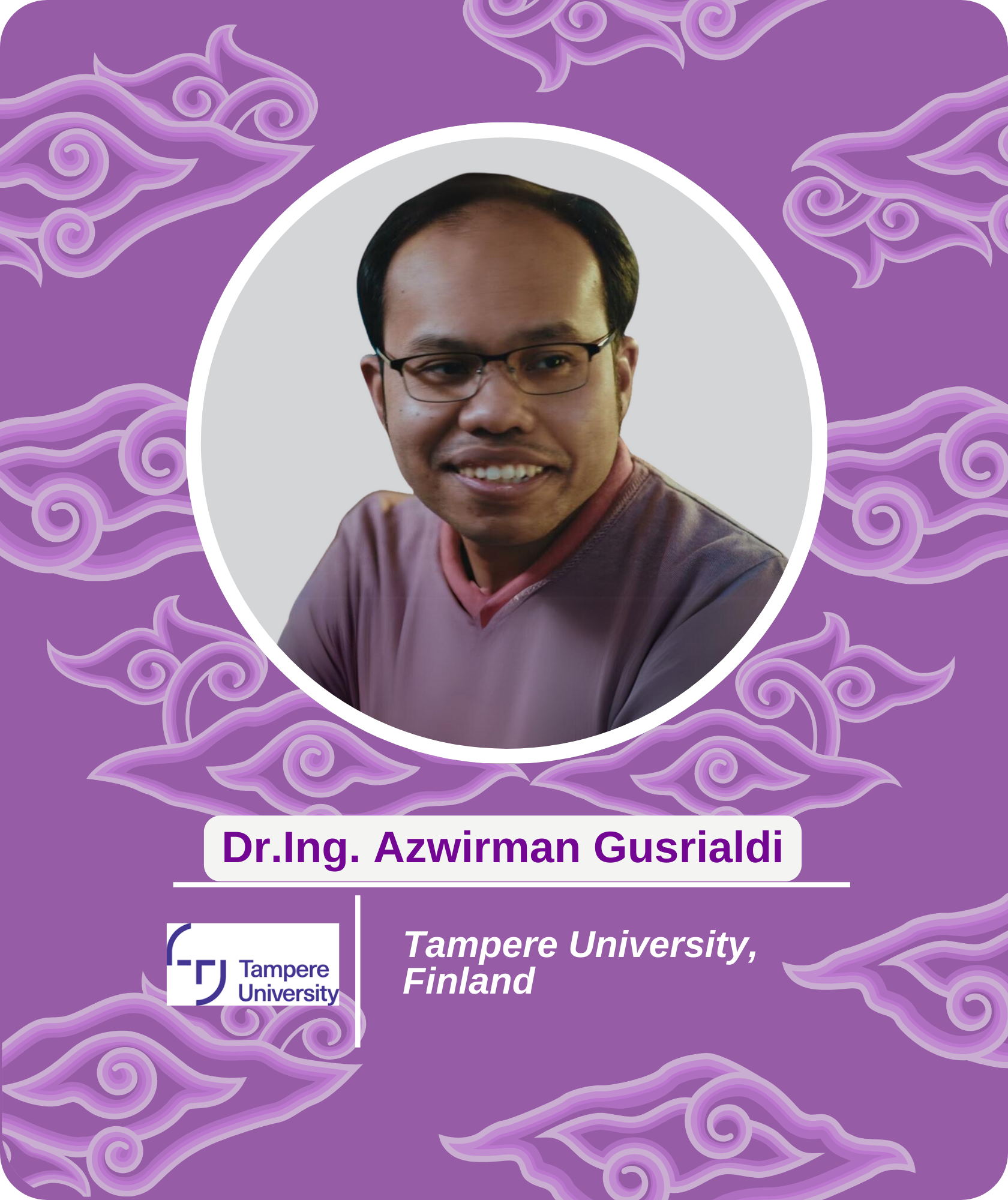Impact of Airport Construction on the Spatial Pattern of Land Use in Agricultural Area: A Case Study of Majalengka Regency
This paper was not presented at the conference.
Abstract
This paper was not presented at the conference.
Agricultural, residential, industrial, mining, and transportation sectors require land for physical development. Furthermore, population growth will unquestionably increase the demand for food and lead to alterations in land use and land cover (LULC) due to increased land demands. In line with these developments, Majalengka Regency is planned and designated as a special economic zone (SEZ) to develop the Rebana Triangle Area (Cirebon-Patimban-Kertajati). This study examines LULC variations in Majalengka Regency (2011-2021) utilizing Sentinel 2A image data acquired from Google Earth Engine (GEE) over ten years (2011-2021). The LULC classification generates land cover maps using machine learning with a random forest approach, NDBI analysis, NDWI, and raw rice field maps. Using the smile-Random Forest algorithm on the GEE platform in conjunction with NDWI and NDBI analysis, the image processing results were accurate land cover maps with OA values of 98.81% and kappa values of 95.95%. Over the course of ten years (2011-2021), the area of agricultural land (paddy fields, fields) in Majalengka Regency decreased by 4.457,36 hectares




















